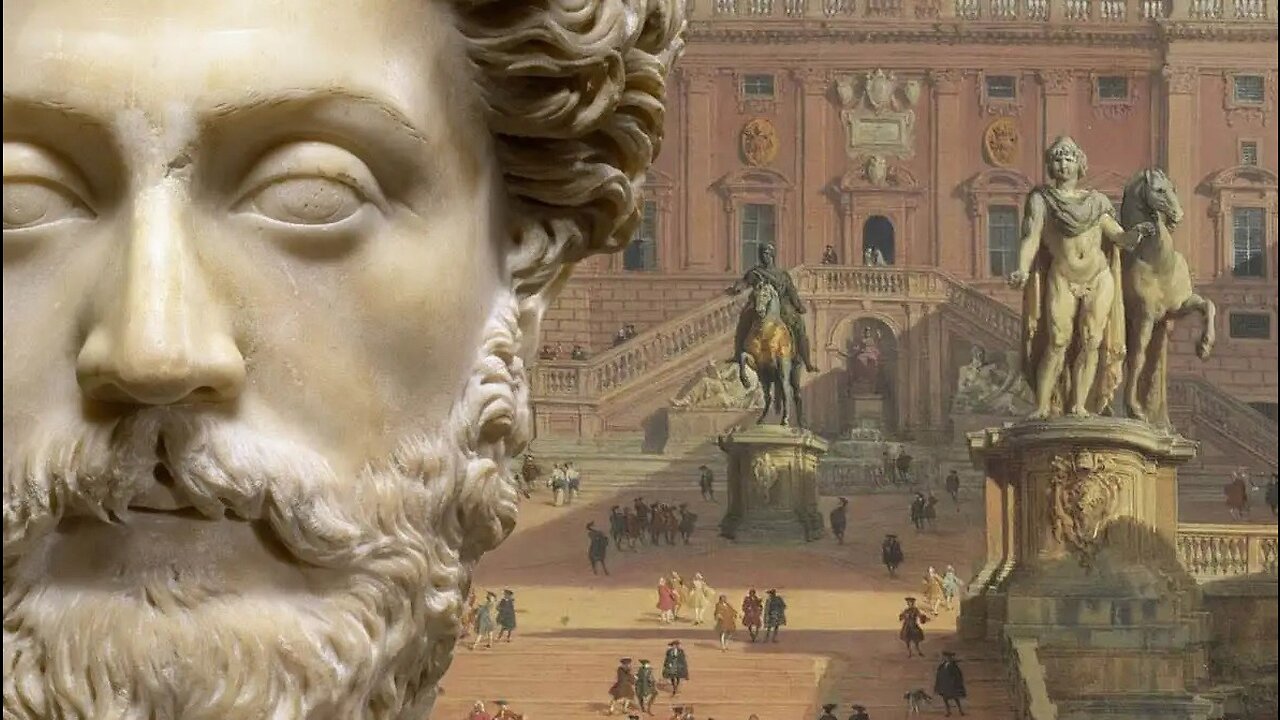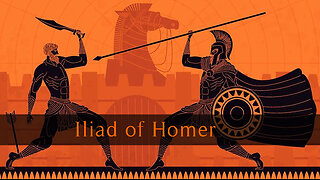Premium Only Content

Emperors of Rome | The Shape of Roman Imperial History (Lecture 1)
36 lectures, 30 minutes/lecture
Taught by Garrett G. Fagan, Ph.D.
Associate Professor of Classics and Ancient Mediterranean Studies and History
The Pennsylvania State University
It has been claimed that the Roman emperors were the most powerful people who ever lived. At their height, they presided over a realm with footholds on three continents and a population of some 60 million souls. They had at their fingertips the wealth and resources of some of the richest lands on Earth. This course examines these emperors in all their fascinating diversity, from the enlightened and conscientious to the feckless and deranged.
The course is essentially a series of biographic portraits, from Augustus, Julius Caesar’s grandnephew, to Constantine, who, in my view, was the last Roman emperor and the first medieval monarch. Along the way we will see what sort of men these emperors were. What background and training, if any, prepared them
for their awesome responsibilities? What achievements can they claim? What depravities did they display? As the course progresses, we will also come to see the strengths and weaknesses of the available historical source-how reliable they are and how skeptical we must be of many of them. We proceed chronologically and examine emperors by successive dynasty. When dynasties fail, we look at the main players in the civil wars fought to sort out who would found the next dynasty.
Aside from such issues as these, four other matters will command our attention in varying degrees as we proceed. First, what was the role of imperial women at court? From what source did they draw their power? How did they exercise that power? Second, what was the relationship of the emperor to different groups in Roman society: to the city of Rome, the provinces, the Senate, the people, and the army? How was the empire run, and what was the role of the emperor in that system? Third, linked to the second, what was the shape of the political and social system that gave the emperor his position of dominance? Finally, any serious student of history requires, at the very least, notification of where the main scholarly debates lie in a given field of study. I draw attention to some of these debates as we go along.
Lecture 1: The republican era of Rome dates from 509 to 31 B.C., and the most momentous and violent political upheavals in Roman history took place toward the end of that period. This course focuses on what came next, the rule of the emperors from Augustus to Constantine. These lectures are, essentially, a series of biographic portraits, sometimes encompassing towering achievement and progress and other times taking us into some of the darkest recesses of the human condition.
After discussing an overview of the course and defining the term Roman imperial history, we will survey the ancient sources available for a study of Rome’s emperors: literary works, official inscriptions, physical remains of structures erected by emperors, and coins stamped with official messages of the emperors. While each source has its strengths and weaknesses, each of them also sheds light, in its own way, on this most intriguing and significant time in human history.
Essential Reading:
Crawford, Sources for Ancient History.
Supplementary Reading:
Biers, Art, Artefacts and Chronology.
Bodel, Epigraphic Evidence.
Finley, Evidence and Models.
Oxford Classical Dictionary, 3rd ed. (for information about individual ancient authors).
-
 30:48
30:48
The Great Courses
15 days agoThe Iliad of Homer | Achilles and Hektor (Lecture 11)
88 -
 LIVE
LIVE
Steven Crowder
1 hour ago🔴 Doge's Big Secret & Trump Slaps Commies and Illegals
73,244 watching -
 1:02:52
1:02:52
VINCE
2 hours agoTulsi Just Found The Classified Election Rigging Files | Episode 20 - 04/11/25
80.9K95 -
 LIVE
LIVE
The Rubin Report
2 hours agoWill Trump’s New Escalation in Trade War with China Backfire?
1,458 watching -
 LIVE
LIVE
Benny Johnson
37 minutes ago🚨 Director of National Intelligence Reveals EVIDENCE of Rigged 2020 Election, Machines Switch Votes
5,971 watching -
 LIVE
LIVE
LFA TV
4 hours agoLFA TV - ALL DAY LIVE STREAM 4/11/25
3,339 watching -
 LIVE
LIVE
Canada Strong and Free Network
4 hours agoCanada Strong and Free Network
163 watching -
 LIVE
LIVE
Caleb Hammer
42 minutes agoShe’s Hiding $330,000 Debt From Overseas Husband | Financial Audit
162 watching -
 1:00:01
1:00:01
BonginoReport
5 hours agoFighting the Red Dragon: Evita + Natalie Winters - BR Early Edition w/ Evita (Ep.180)
103K57 -
![🔴[LIVE] China Retaliates, Breaking Inflation News & Payday Friday || The MK Show](https://1a-1791.com/video/fww1/2d/s8/1/R/r/a/B/RraBy.0kob.1-small-LIVE-China-Retaliates-Break.jpg) LIVE
LIVE
Matt Kohrs
10 hours ago🔴[LIVE] China Retaliates, Breaking Inflation News & Payday Friday || The MK Show
911 watching